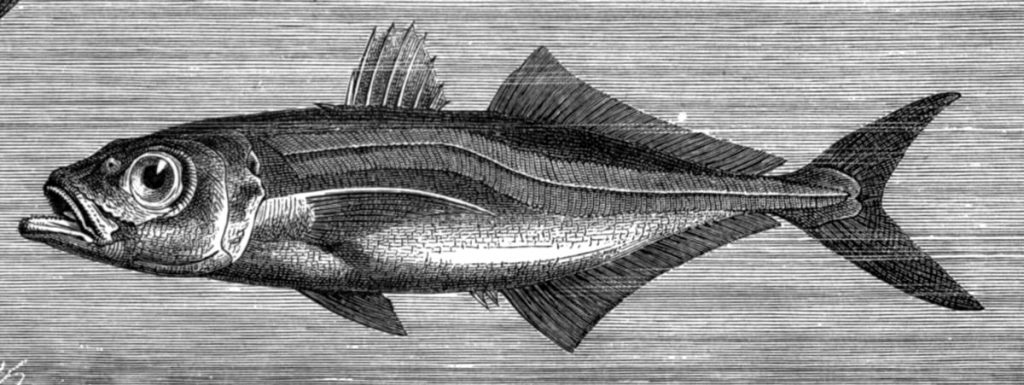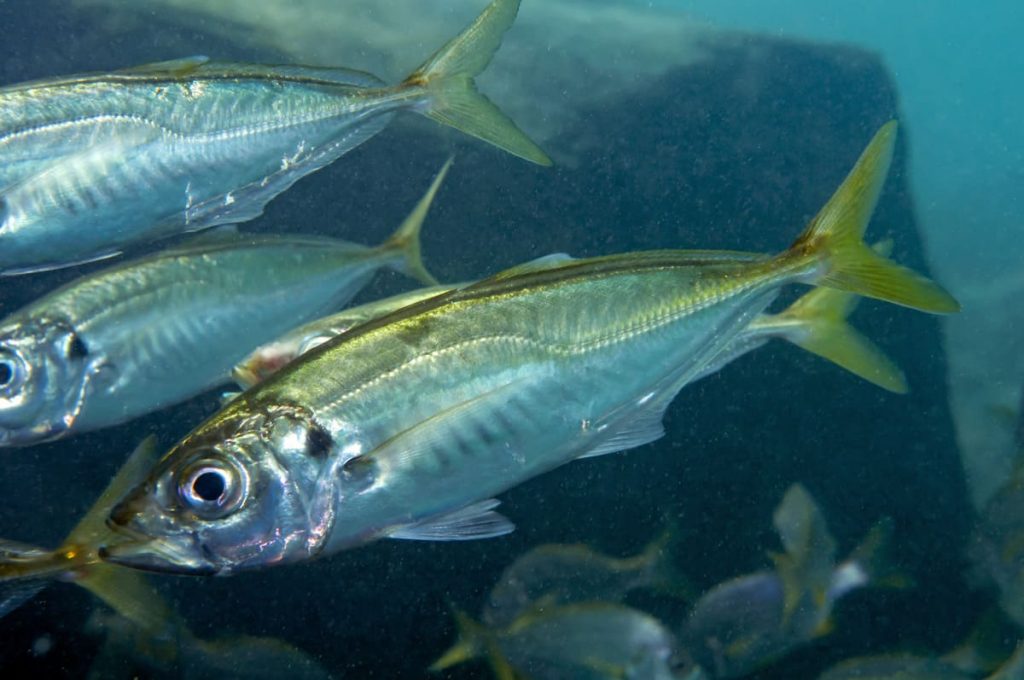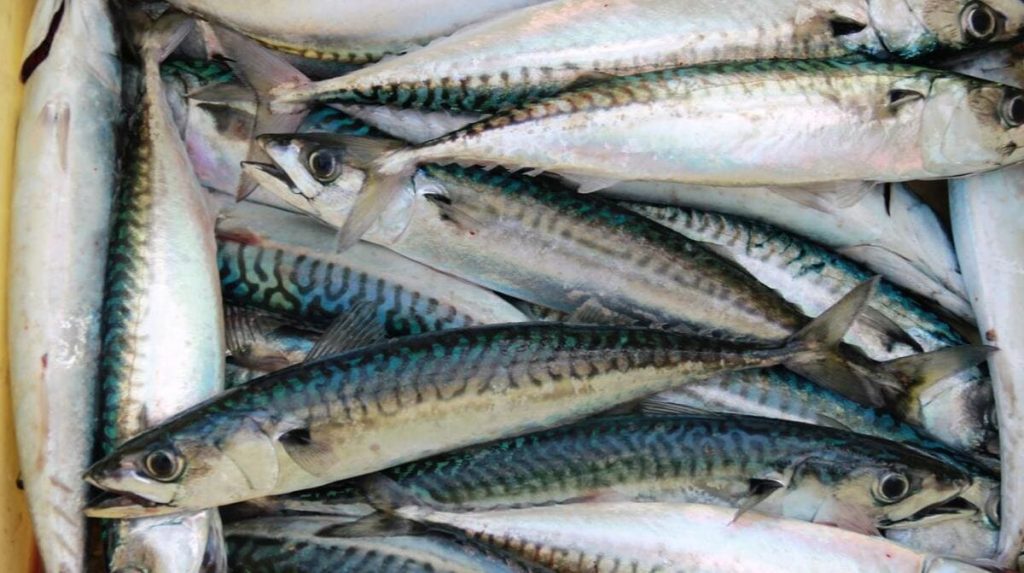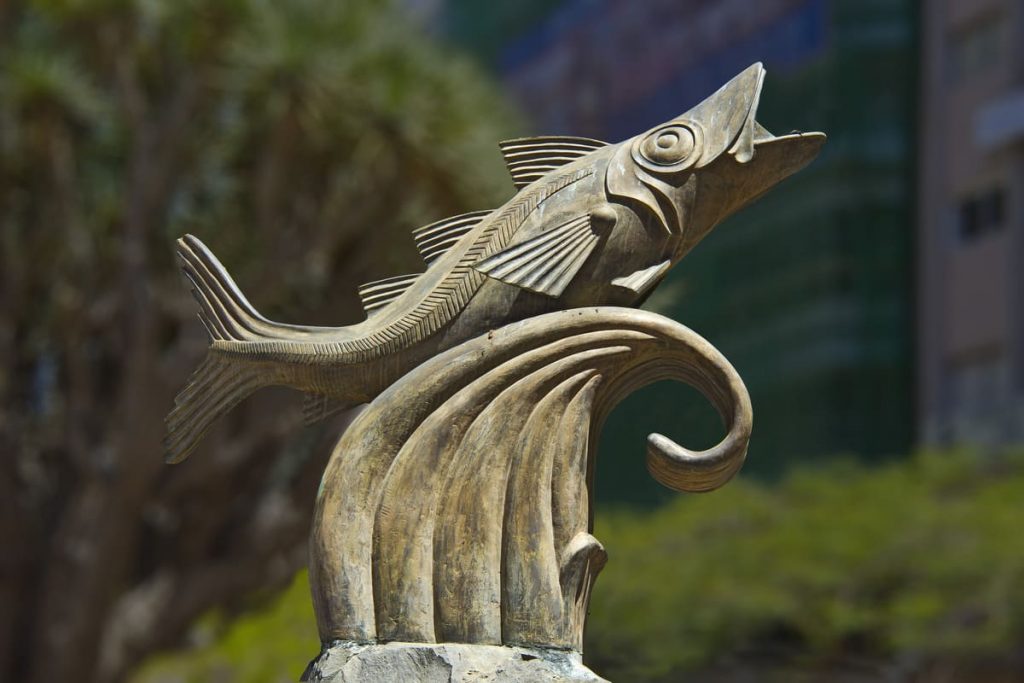There are two species of Canarian horse mackerel that are fished and consumed in the islands, so similar that they are almost indistinguishable, but less appreciated at the table than they deserve. And although it is actually a jack mackerel, in the islands another fish is called this way.
Horse mackerel and jack mackerel are related and it is believed that this confusion is due to the fact that the Canary horse mackerel, outside the islands, are the jack mackerel of most of the Peninsula. At the same time, the Canary horse mackerel is not common in mainland waters, where it is called jack mackerel.
The canary mackerel, a species that abounds in the islands
In the Canary Islands we call "chicharro" to two species of pelagic fish, of medium size, that live in coastal waters up to 250 m depth. They are relatively abundant. They have an elongated body, somewhat compressed. Large eyes. A wide row of sharp scales and scutes forming a peculiar curved line on each flank. Well-developed pectoral fins (similar in length to the head). These characteristics are not present in the other coastal pelagic fishes of the Canary Islands.

Its official name in Spanish is jurel. In French it is chinchard and in Basque txitxarro. The Canary Islanders, possibly, adopted the term "chicharro" from the Basque tuna fleet, which fished for years in the waters of the Archipelago and caught chicharros when it used the purse seine to obtain bait for bonito and tuna.
The canary grebe lives in the eastern Atlantic, from Iceland to Senegal. Adult specimens form large schools in coastal areas of sandy substrate. They dive to depths of up to 1000 meters. Young specimens seek the protection of large jellyfish to avoid predators.
Two types of canary mackerel
On the one hand, we have the mackerel (Trachurus picturatus). This breeds between January and April, especially in February, from a size of almost 23 cm at first maturity. On the other hand, the northern hogfish(Trachurus trachurus) breeds from November to March, especially in December-January, since it is sexually mature with a size of about 20 cm.

Both species have dark to almost black, or even bluish-green to grayish upper body and head. The lower 2/3 whitish to silvery. The morphological differences between the two canary cicadas are difficult to observe, even for scholars, and are based on the size and arrangement of the scaly scutes and the length of a sensory organ running down the back below the dorsal fins. In practice, both species are marketed as chicharros.
Use in gastronomy and nutritional values
Although unjustly, they are not very appreciated in cooking and have a moderate economic value. It is a fish of good quality and of great interest for our diet. It belongs to the family of blue fish, which are characterized by their high content of fat rich in omega-3 fatty acids, helps reduce cholesterol levels and reduces the risk of atherosclerosis and thrombus formation.

The mackerel also provides us with proteins of high biological value and vitamins, such as D, which is necessary for the absorption of calcium by the bones.
Chicharreros, the name of the inhabitants of Santa Cruz de Tenerife.
Chicharrero is the gentilicio of the inhabitants of Santa Cruz de Tenerife(together with santacrucero) and is popularly used to refer to everyone on the island. Although it is said in a widespread and popular way outside the island territory, it is not entirely correct to refer to any other inhabitant of Tenerife that is not exclusively from the capital.
The gentilicio chicharrero has its origin in a derogatory term used by the inhabitants of the nearby city of La Laguna, until the nineteenth century capital of Tenerife and the Canary Islands), for the inhabitants of the then poor and small fishing port of Santa Cruz. The inhabitants of Santa Cruz, due to their humble situation, had to eat chicharros, a small and cheap fish. Under the reign of Ferdinand VII, during the nineteenth century, the capital of the island was moved to Santa Cruz, and its citizens took the insult to honor, assuming the gentilicio as their own.

What in the beginning was a local name, has been generalized, due to the importance of the city, to all the inhabitants of the island, although in some non-capital areas the name is rejected because they do not feel identified as being originally from the capital. However, at present, the Dictionary of the Royal Spanish Academy considers chicharrero as a colloquial adjective, whose meaning is equivalent to tinerfeño.
If you are interested in the world of products made in the Canary Islandsand want to know more about them, here are some articles related to cheese from the Canary Islands: Denomination of Origin of the Canarian cheeses.; Cheese of Flor, wonder of Gran Canaria; Almogrote, everything you should know about Canarian cheese pâté.
Paula Vera
Pictures: en.wikipedia.org and ABC



